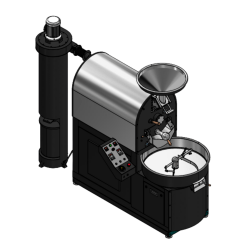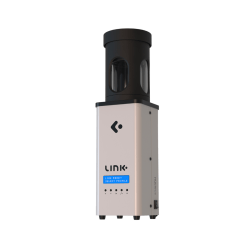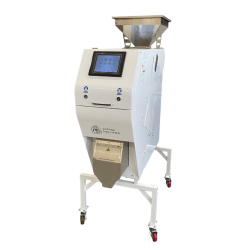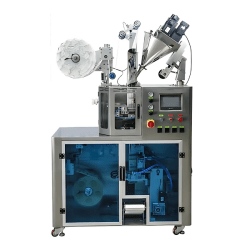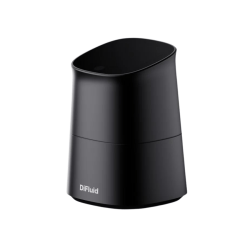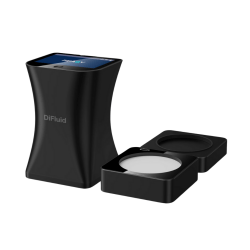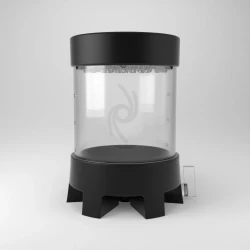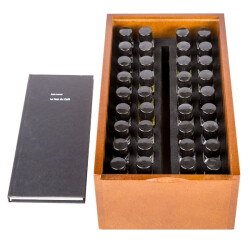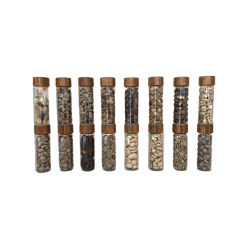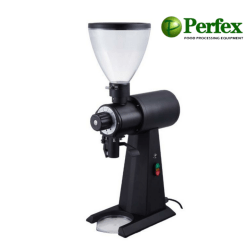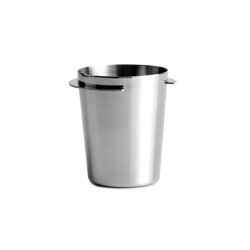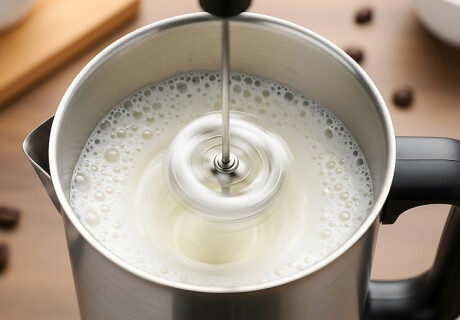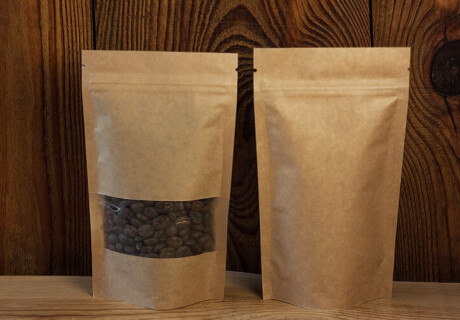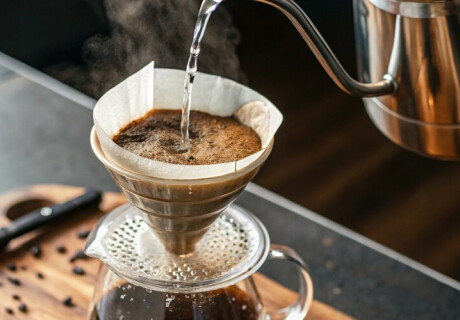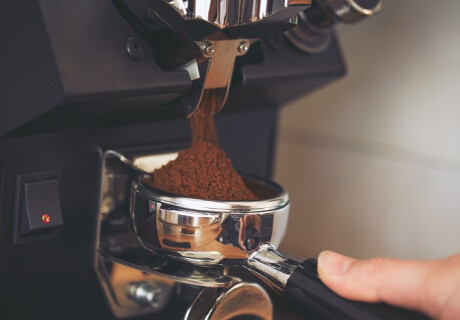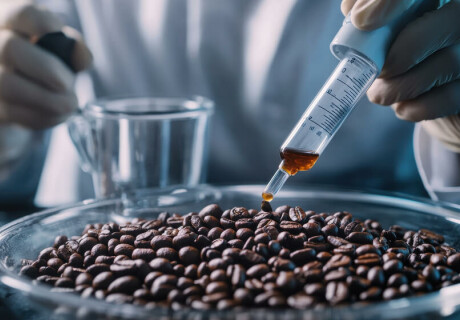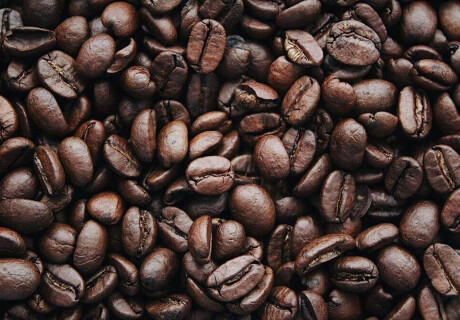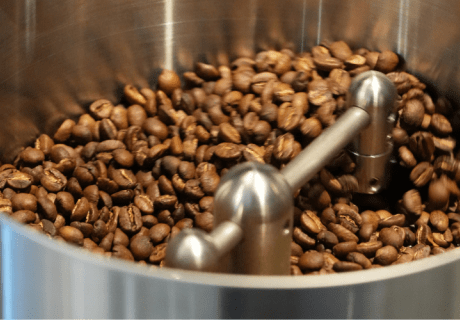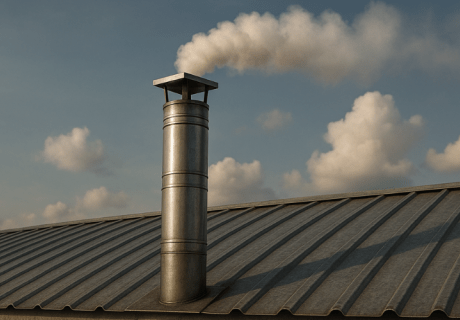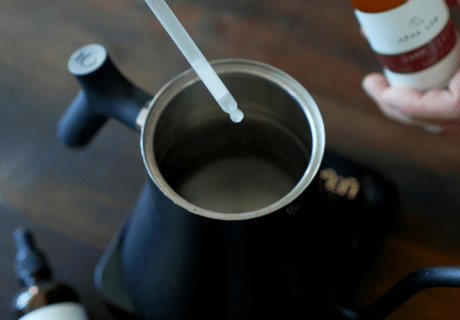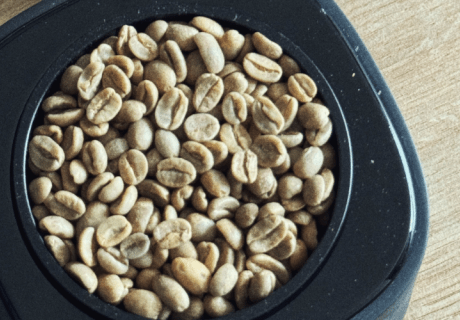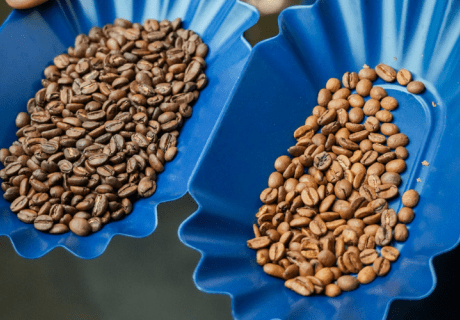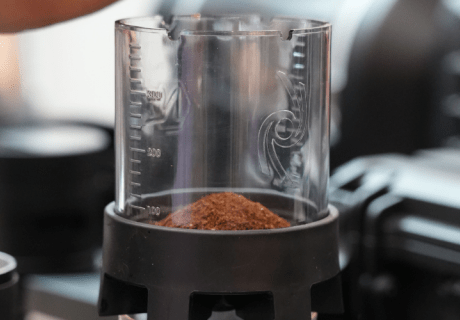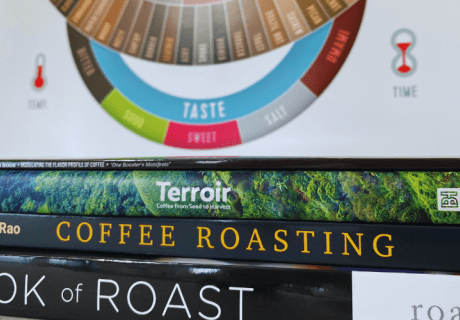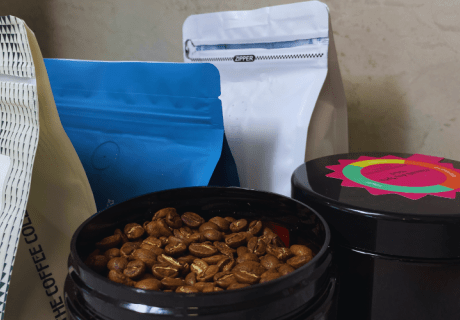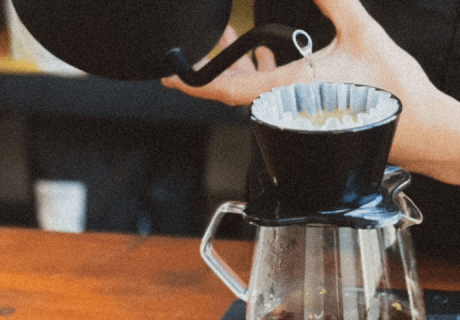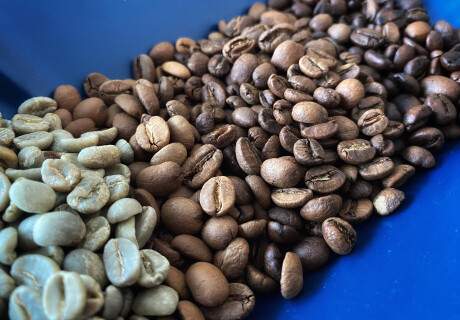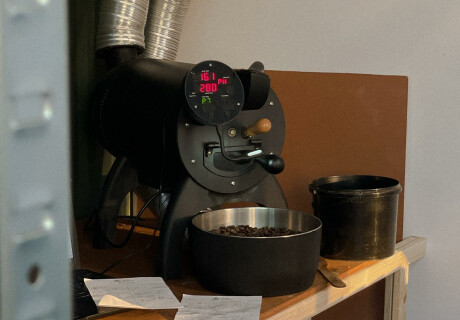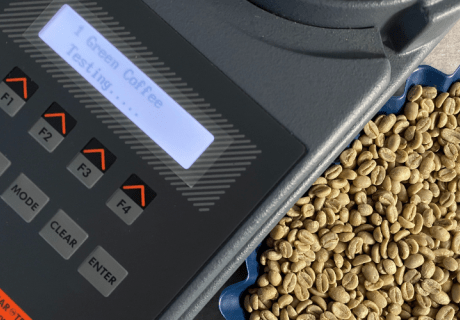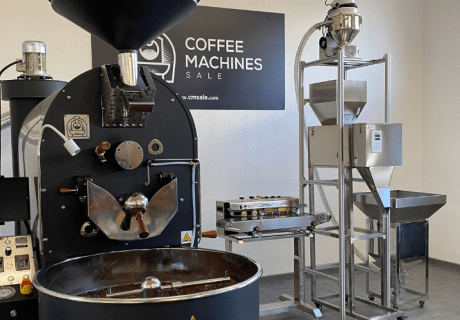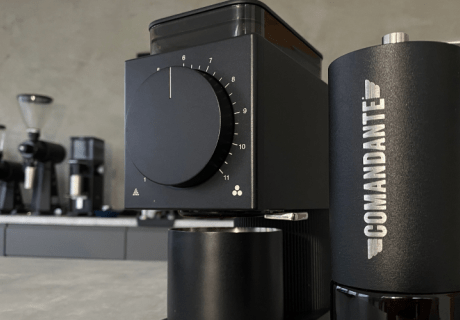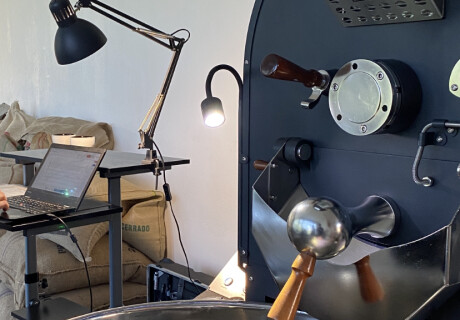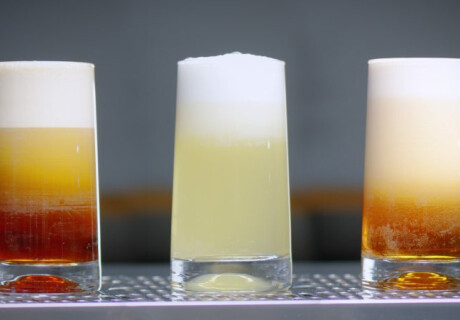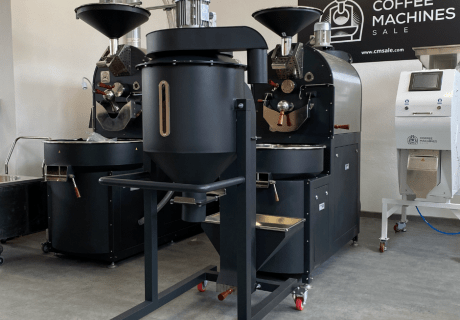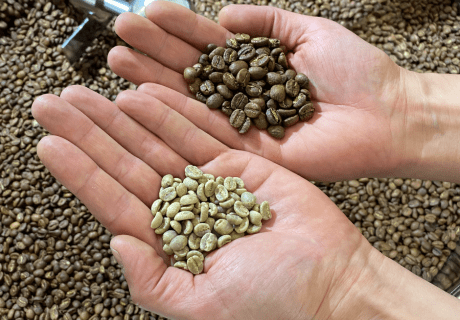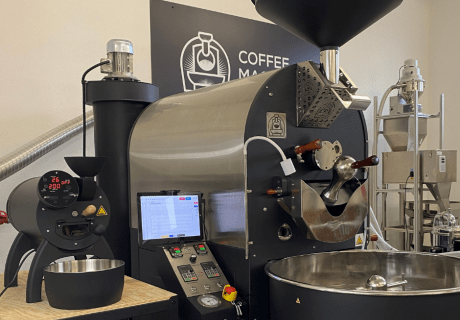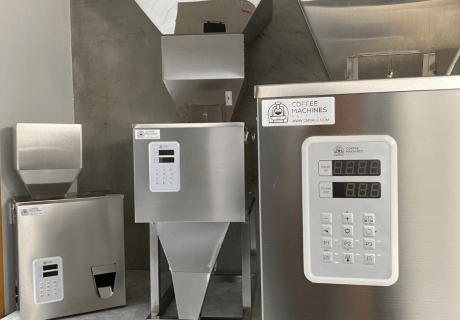How Coffee Roaster Size Affects Flavor, Consistency, and Output
Understanding Drum Size and its Impact on Roast Flavor
The size of the drum in coffee roasters has a big impact on the roast profile and the final flavor of the coffee. How does drum size change roast flavor, and why is it important to consider the surface area and heat distribution inside the drum? Larger drums generally offer more even heat circulation, which can lead to a more uniform roast, allowing the beans to develop their complex flavors more consistently. This uniformity can bring out distinct taste notes such as chocolate or nutty undertones, improving the overall sensory experience. On the other hand, smaller drums focus the heat in a smaller area, which can make some flavors stronger, creating a bolder and richer coffee taste. How the beans and heat work together in different drum sizes affects how the flavors grow and mix during roasting.
Also, the size of the drum affects how the beans expand and contract during roasting. When heated, coffee beans go through important changes, like the first crack, where they expand and release gases. In bigger drums, the beans usually have more space to expand, which can change the density and feel of the coffee. Smaller drums may restrict this expansion, causing differences in the texture and body of the final coffee. Knowing how drum size changes roast flavor gives coffee roasters useful information to adjust their roasting methods and reach the flavor they want. By trying out different drum sizes, roasters can control these factors to bring out special qualities in their coffee, creating a unique and personalized cup.
Consistency Challenges: Batch Size vs Roast Uniformity
The size of a batch during roasting has a big effect on how consistent and even the roast turns out. When looking at batch size vs roast consistency, it’s important to know that bigger batches usually spread heat more evenly across the beans. This helps create a more uniform roast. In larger batch roasters, the bigger amount of beans holds heat better, which means the heat stays steady, and the flavors develop more evenly. This evenness is very important for coffee roasters who want to create coffee with consistent and reliable flavors. But roasting larger batches means they need to carefully control the roasting conditions to avoid parts of the batch getting over-roasted or under-roasted, which can cause uneven flavors. Smaller batches have different challenges. Because there are fewer beans, heat moves faster and can change more quickly, making it harder to get the same level of even roasting as with bigger batches.
Small batch coffee roasters often have to be more vigilant in monitoring the roast to maintain consistency. The variability in smaller batches can lead to fluctuations in the roast profile, where some beans may roast faster than others, resulting in a mix of underdeveloped and overdeveloped beans within the same batch. Controlling the balance between batch size and roast consistency takes careful adjustments in roasting time and temperature to help smaller batches achieve the desired flavors. Both small and large batch roasting come with their own challenges. Knowing these challenges well allows roasters to adapt their methods and keep producing coffee that is high-quality and consistent every time.
Comparing Flavor Development in Small vs Large Roasters
When examining flavor development in small vs large roasters, it's clear that the size of the roaster can greatly affect the subtle flavors and richness of the coffee. Large roasters, with their substantial drum sizes, typically offer a more stable environment for heat distribution, allowing for even and gradual development of flavors. This capacity to maintain consistent temperature and airflow helps in accentuating subtle flavors and achieving a balanced roast that highlights the intrinsic qualities of the beans. For coffee roasters using large machines, this means being able to produce a cup that reveals complex layers of taste, from delicate floral notes to rich chocolate undertones, while minimizing the risk of scorching or uneven roasting.
Small roasters provide a unique opportunity for coffee roasters to experiment with more dynamic roasting profiles. The more intimate roasting environment of smaller machines often leads to quicker heat absorption, which can enhance the brightness and acidity in the coffee, creating a more vibrant and lively cup. However, the rapid changes in temperature can also pose challenges, requiring the roaster to have a keen sense of timing and control to avoid overdevelopment. This ability to quickly modify roasting variables allows for the creation of distinctive flavor profiles that might not be achievable in larger roasters. As a result, the choice between small and large roasters often comes down to the desired flavor characteristics and the roaster's skill in leveraging the strengths and limitations of each size.
Output Capacity and Efficiency in Commercial-Sized Roasters
The output capacity in commercial roasters is an important factor for businesses trying to meet high production needs while keeping quality consistent. Larger coffee roasters are designed to handle substantial volumes of beans, enabling them to produce more roasted coffee in less time compared to smaller machines. This increased capacity is essential for commercial operations that need to scale their production to meet the needs of wholesalers, retailers, and direct-to-consumer sales. By efficiently processing large batches, these roasters not only increase the production output but also reduce the labor and time costs associated with frequent roasting cycles.
Energy use becomes a significant factor at this scale: small to mid-sized commercial roasters (15–30 kg batch size) typically consume 0.8–1.2 kWh of electricity and 1.2–1.5 m³ of natural gas per batch, while larger industrial roasters (60–120 kg) can require 3–6 m³ of natural gas per batch, translating to roughly €4–€10 in fuel costs depending on EU energy prices. This productivity helps businesses handle their supply chains better and meet customer orders on time. Also, using bigger machines improves operations in several ways:
- Improved heat retention, reducing energy consumption per batch.
- Advanced technology facilitating precise control over roasting variables.
- Consistent roast quality across large batches, ensuring uniform product standards.
These features allow coffee roasters to maintain high standards of quality while benefiting from economies of scale. Investing in commercial-sized roasters not only supports higher output but also streamlines the roasting process, minimizing manual intervention and maximizing resource utilization. Although energy costs rise with capacity, economies of scale often lower the cost per kilogram roasted—industrial roasters can average 0.2–0.3 m³ of natural gas per kg, compared to 0.5–0.6 m³/kg for smaller units. Because of this, businesses with these advanced systems can provide customers with consistent, high-quality roasted coffee while lowering their operating costs and improving how they work.
Scaling Roaster Size for Your Production Needs
Choosing the right scaling roaster size for production needs is important for any coffee business that wants to grow while keeping quality and optimized workflows. As demand increases, businesses must evaluate their current roasting capacity and determine whether it's adequate to meet future production goals. One of the primary considerations should be the volume of coffee you need to roast daily, weekly, or monthly. If current demand is pushing the limits of your existing equipment, it may be time to invest in larger coffee roasters that can handle increased loads without sacrificing quality. Proper planning and forecasting are important for making smart decisions about upgrading your equipment to support growth. When increasing roasting capacity, it’s important to think about several factors:
- Available space: Make sure your facility can accommodate larger equipment without disrupting workflow.
- Budget: Consider the financial implications, not just for purchasing a new roaster but also for potential increases in utility costs and maintenance.
- Technological advancements: Evaluate the latest roasting technologies that offer improved productivity and control.
- Staff training: Larger roasters may require additional training for your team to operate them effectively.
By carefully considering these factors, businesses can easily transition to a bigger roasting system and support their growth goals. Careful planning when scaling roaster size for production needs help make sure that growing the operation does not lower coffee quality, keeping customers happy and protecting the brand’s reputation.
A closer Look at Stronghold Roasters and Their Benefits
Stronghold roasters have made a big difference in coffee roasting by providing advanced technology and new features that make them stand out from other brands. These innovative coffee roasters are designed to deliver precision and consistency, meeting the diverse needs of both small-scale artisanal roasters and large commercial operations. One of their standout features is their automated roasting process, which allows users to fine-tune roasting profiles with remarkable accuracy. This level of control guarantees that each batch achieves the desired flavor characteristics, improving the quality and consistency of the final product. The intuitive interface and smart technology of Stronghold roasters make them accessible even to those new to the roasting world, while still offering the depth and complexity needed by experienced professionals. Stronghold roasters are known for saving energy and being good for the environment. They include new features that lower energy use while still working well, making them a great choice for businesses that care about the environment. They also cool down quickly, which helps keep the beans’ quality and improves the taste.
Plus, these roasters can handle different batch sizes, so roasters can try out small batches or increase production when needed. Notable functions include the use of triple heat sources (convection, conduction, and radiant infrared) for precise control, a real-time data logging system to monitor bean temperature and environmental conditions, automatic profile replication for consistency across batches, and a smart preheating and cooling system that speeds up production while reducing energy waste. Models like the Stronghold S7 Pro and S9 also allow USB/export of roast data, making it easier to analyze and replicate results. This flexibility is very important for businesses that want to grow or offer different types of coffee. By providing a comprehensive solution for various roasting needs, Stronghold roasters stand out as a valuable tool in the competitive coffee roasting market, helping to achieve better results and improve operational efficiency.
Essential Considerations When Choosing a Roaster Machine
When considering how to choose a roaster machine, it is important to consider several important factors to make sure the equipment matches your production goals and needs. One of the foremost considerations is the capacity of the machine. You'll need to determine the volume of coffee you plan to roast regularly, as this will influence your choice between small batch roasters and those designed for larger commercial output. Selecting a roaster that can accommodate your current and future production levels is crucial for efficiency and scalability. Also, the quality and consistency of your roast can depend heavily on the machine's ability to handle the specific batch sizes you require.
Technology is another important factor in selecting the right coffee roasters. Modern roasters are equipped with advanced features that offer precise control over temperature, airflow, and roast profiling, contributing to consistent and high-quality results. It's important to consider machines that provide these technological benefits while remaining user-friendly. Additionally, being able to adapt is very important because your roasting needs can change over time. A flexible roaster that can handle different production sizes, either through modular parts or adjustable batch options, will provide greater value in the long run. By considering things like capacity, technology, and flexibility, businesses can choose a roaster machine that fits their specific needs and helps them grow and succeed in the coffee industry.
Future Trends in Coffee Roasting and Machine Innovation
The field of coffee roasters is seeing significant changes as new trends and technologies continue to evolve. One of the most exciting developments is the integration of IoT and smart technology, which allows roasters to monitor and adjust roasting parameters in real-time, leading to greater precision and consistency in every batch. These technological advancements are transforming how roasters operate, making it easier to achieve specific flavor profiles and maintain quality across larger production runs.
Another trend is the move towards more sustainable and energy-saving roasting solutions. Innovations such as recirculating heat systems and hybrid roasting technologies are helping coffee roasters reduce their environmental footprint while maintaining high performance. Additionally, the use of data analytics in roasting is becoming more prevalent, enabling roasters to analyze bean characteristics and optimize roasting conditions accordingly. These technological advancements are setting the stage for a future where roasting is not only more efficient, but also more environmentally conscious and precisely tailored to consumer preferences.

